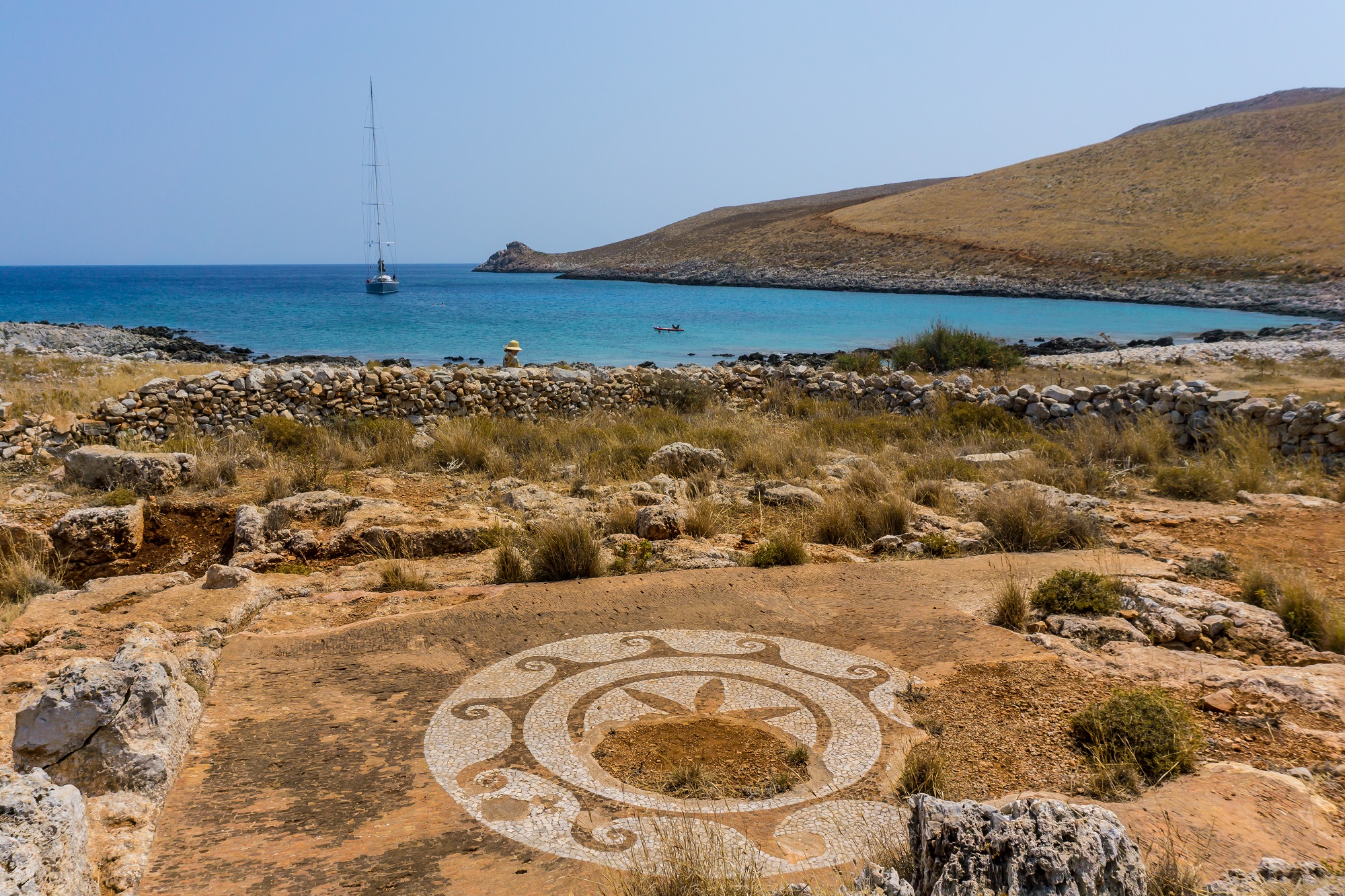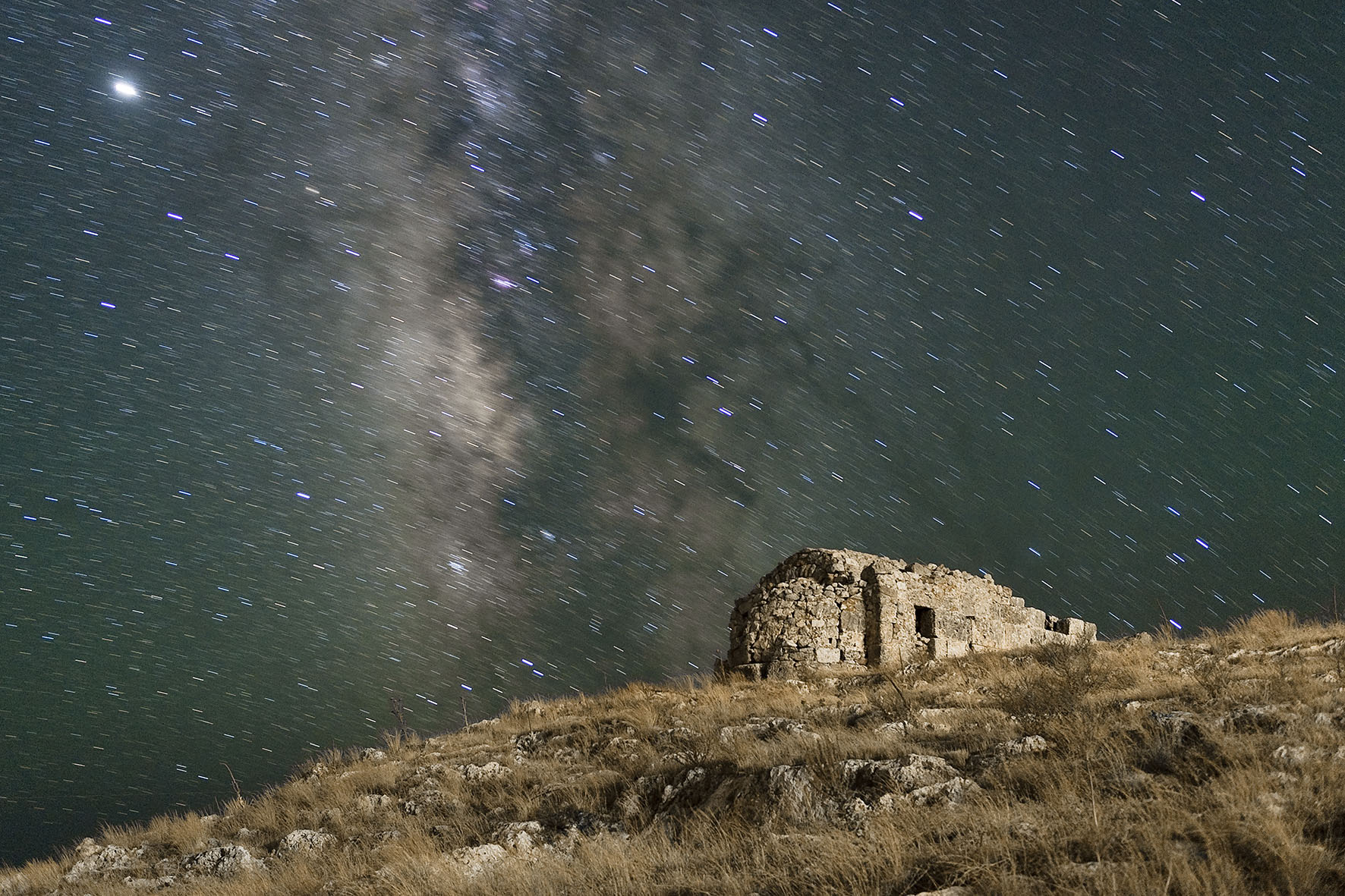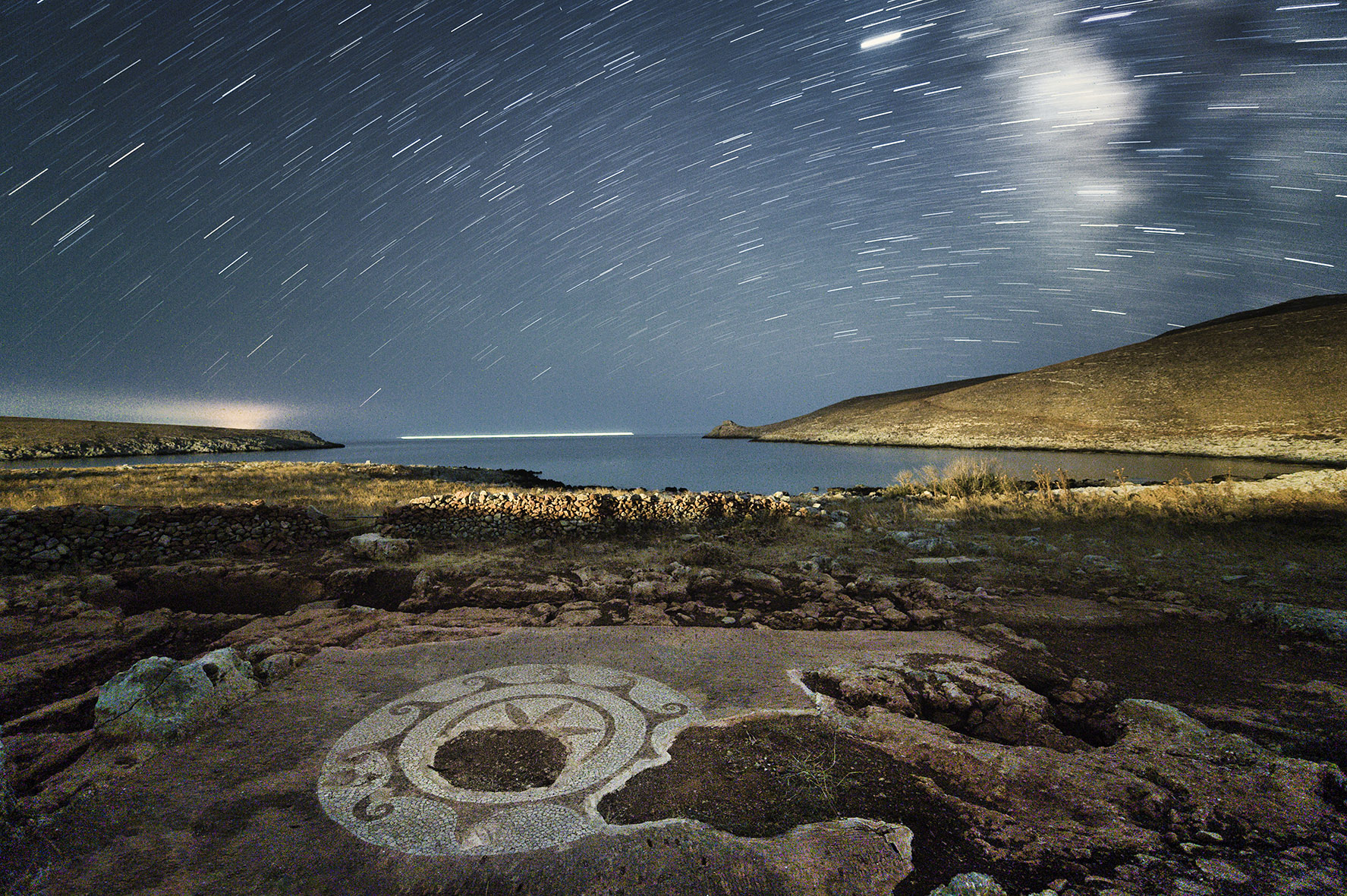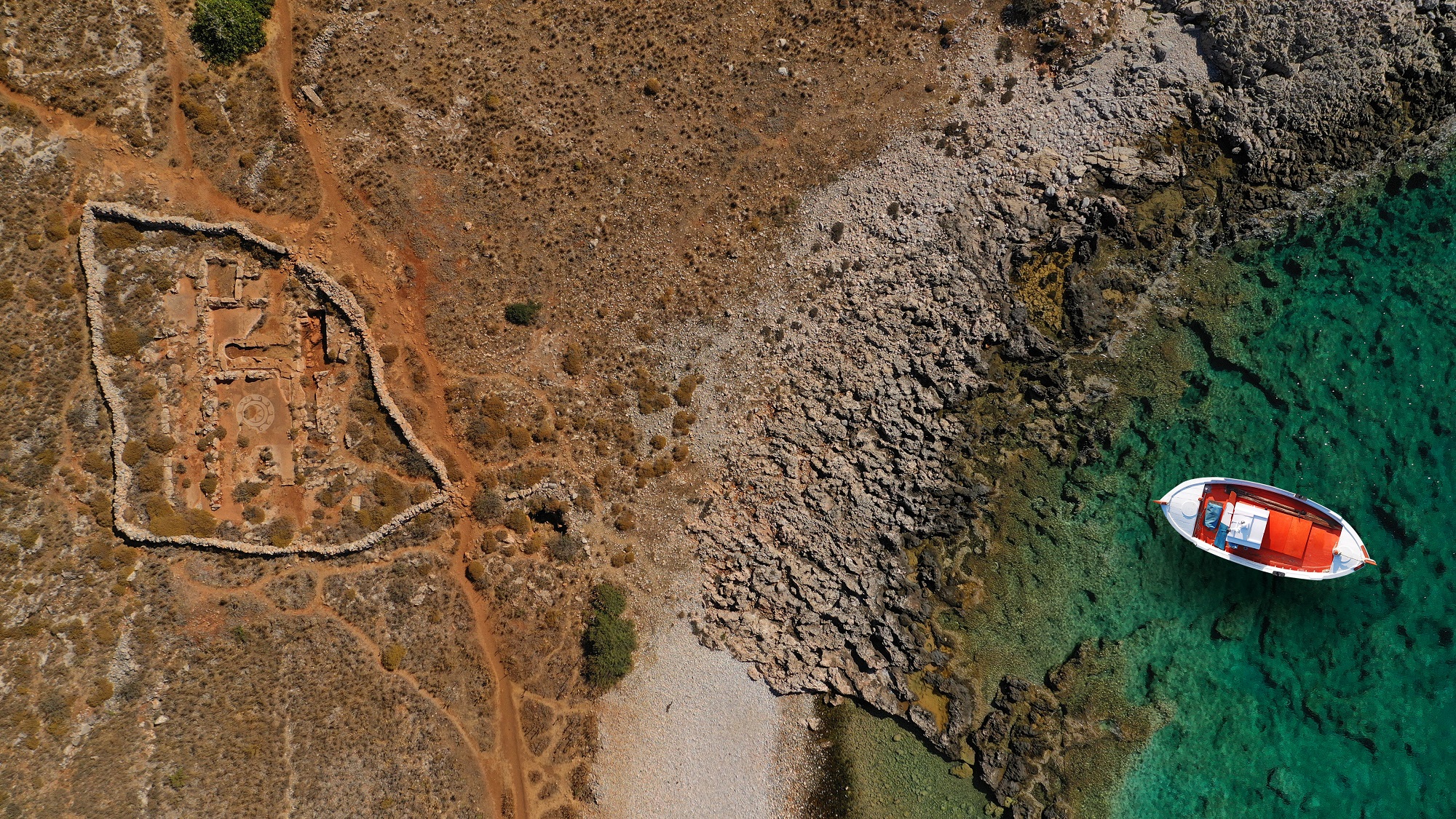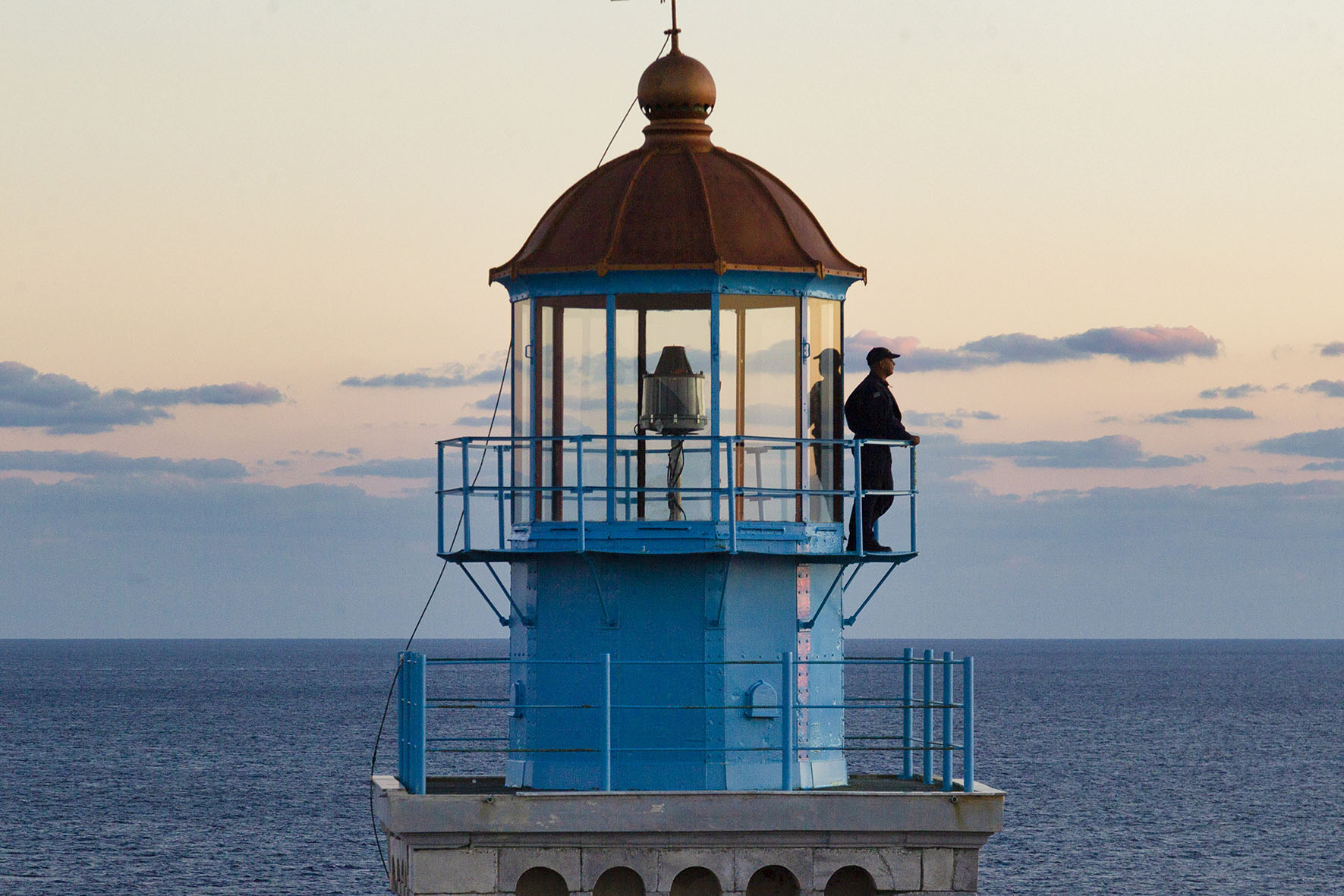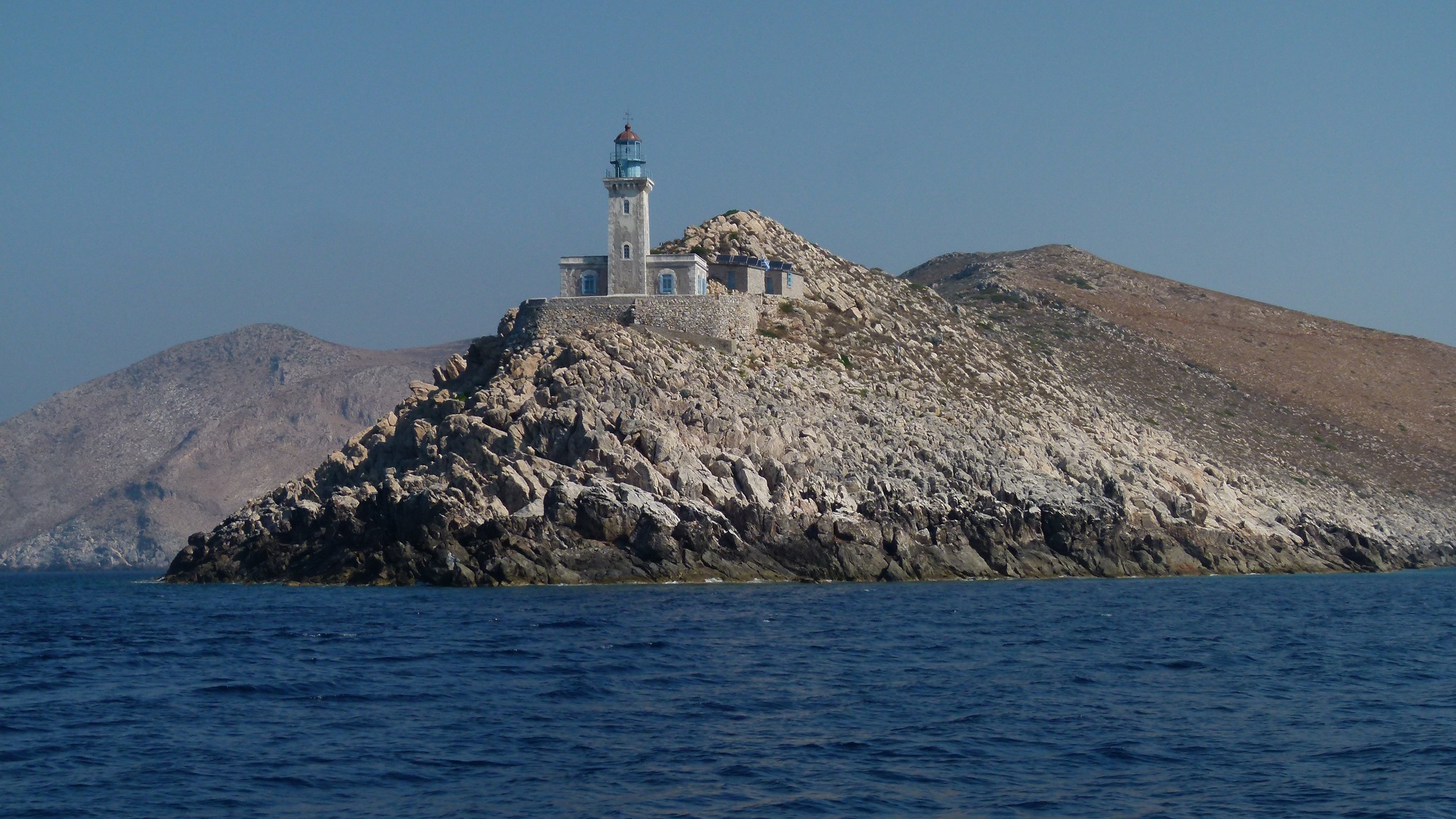Tainaro sounds vaguely familiar from our school days, since we learn that it is the southernmost tip not only of mainland Greece, but also of the entire Balkan Peninsula. In reality, however, few people ever make it there to admire its eerie and ancient landscape of steep cliffs, crashing waves and leeward, naturally sheltered bays.
The cape is located on the middle of the three “legs” of the Peloponnese, between two sea gulfs: on one side is the Messinian Gulf, on the other the Laconian Gulf. Administratively and geographically it belongs to the Laconian part of Mani, having a direct connection with the settlements around the bay of Sternes (Porto Sternes), 2 km to the north.
You will also hear it being called Cape Matapas. It’s a term that comes from Seaspeak, the language of navigators (who used it as early as the Ottoman period as a metric term for measuring sea distances), but it has ancient roots, reflecting the name “Metapea Akra”, meaning “a cape between two seas”, known to us from historical sources.
The gate of Hades, the Roman baths and the “inconspicuous waters”
For ancient Greece, the “Metachymia Accra” was the gateway to the realm of the dead: it was from there, according to the myths, that Hercules descended to Hades. That is why there are indications that there was a psychopomp in a cave east of the cape.
If we know anything with certainty, it is that Tainaro belonged to the homonymous settlement that was built in what is now Porto Sternes. Its oldest inhabitants worshipped the Sun, but during the classical period the dominant god was Poseidon, in whose honour a famous sanctuary was built here, which also served as a temple of necromancy. Its ruins are still visible and can be visited.
In medieval times, Tainaro became a notorious pirate base – with merchant ships carefully avoiding it – and during World War II the Battle of Tainaro (March 1941) was fought off the coast between the British and Italian fleets.
Its ancient past still imparts its presence, adding unique dimensions to a visit to the region. Primarily, of course, this is due to the exquisite and well-preserved mosaic known as the “Star of Aria”. Combined with the wild, rugged beauty of the landscape and the beach of Aria – where you can swim in the summer – its presence ensures a unique experience.
The Star of Aria is directly related to the so-called “inconspicuous waters” of Tainaro. During the years of Roman rule, that is, the bays protected from the strong winds a few miles above the cape became safe havens for ships. Thus, right next to the beach of Aria, a well-equipped naval station was created.
The station was based on the drinking water trade. In fact, in one of the adjacent dwellings an entire bath had been created, with the surviving mosaic forming part of the floor. Such a thing, of course, requires an excellent rainwater harvesting infrastructure, because there is no running water at all in Tainaro. We haven’t found one, but we speculate on its existence, given the Romans’ skill at building aqueducts.
The famous lighthouse
The lighthouse that stands guard in Tainaro is considered one of the most imposing in all of Greece. It is a construction of French technicians, built of stone on a plateau on the natural rocks of the cape, with a height of 16 meters. It began operating in 1887 and was renovated in 1930.
In 1984 an automatic lighting machine was installed there, and the lighthouse was abandoned by its last guardians. The building was restored in 2008 and has since been guarded by Navy personnel. Every third Sunday in August, public access is free to the public as part of World Lighthouse Day.
How to get to Tainaro
The only way to reach Tainaro is by hiking along a path that many consider to be the most interesting of the “inner” Mani. It is accessible to all (there are no significant altitude differences) and has a total length of 2.2 kilometres – expect to reach the lighthouse within 50 minutes, starting from the village of Kokkinogia.
You will find the village Kokkinogia at the end of the Areopolis-Tainaro road. The marked, dirt path starts from the church of Agioi Asomatoi, passing by the beach of Aria with the Roman mosaic. The surrounding nature is typical of Mani: thorn bushes, thyme, low vegetation, flint stones and no shade, so be sure to wear a hat, sunscreen and bring plenty of water. The views, as you march towards Tainaro, will make up for it.
If you are in the mood for more hiking, you should find the path at Spakoto, just before the lighthouse. Following it, you will reach the settlement of Miana.
Read also:
Smolikas Drakolimni: Sub-alpine lake with wild orchids on Greece’s second-tallest mountain
Kotza Orman: Extensive, jungle-like riverside forest in Greece’s north



